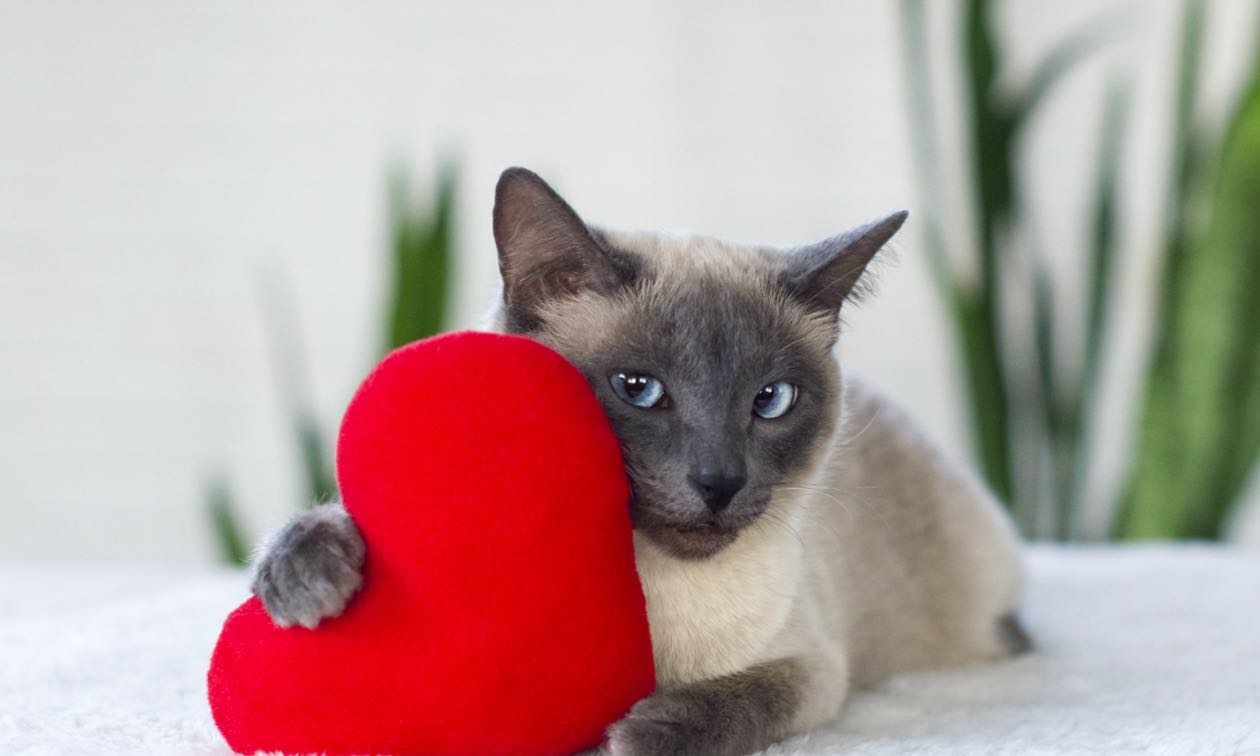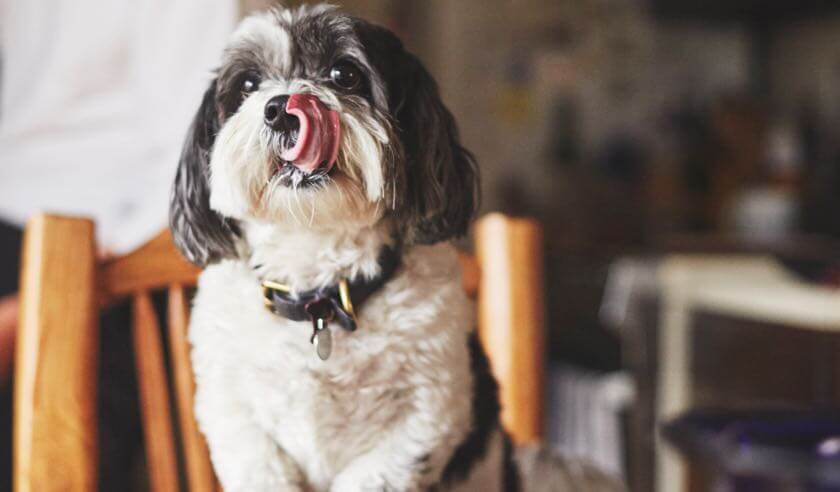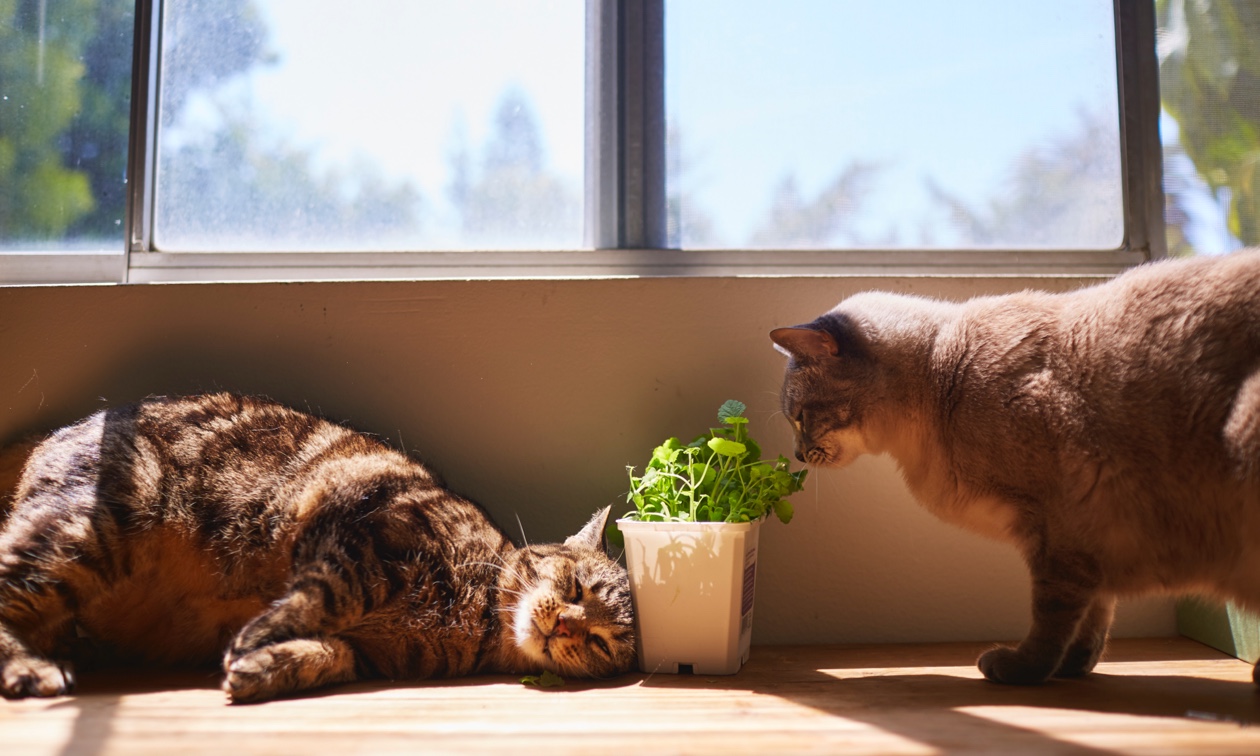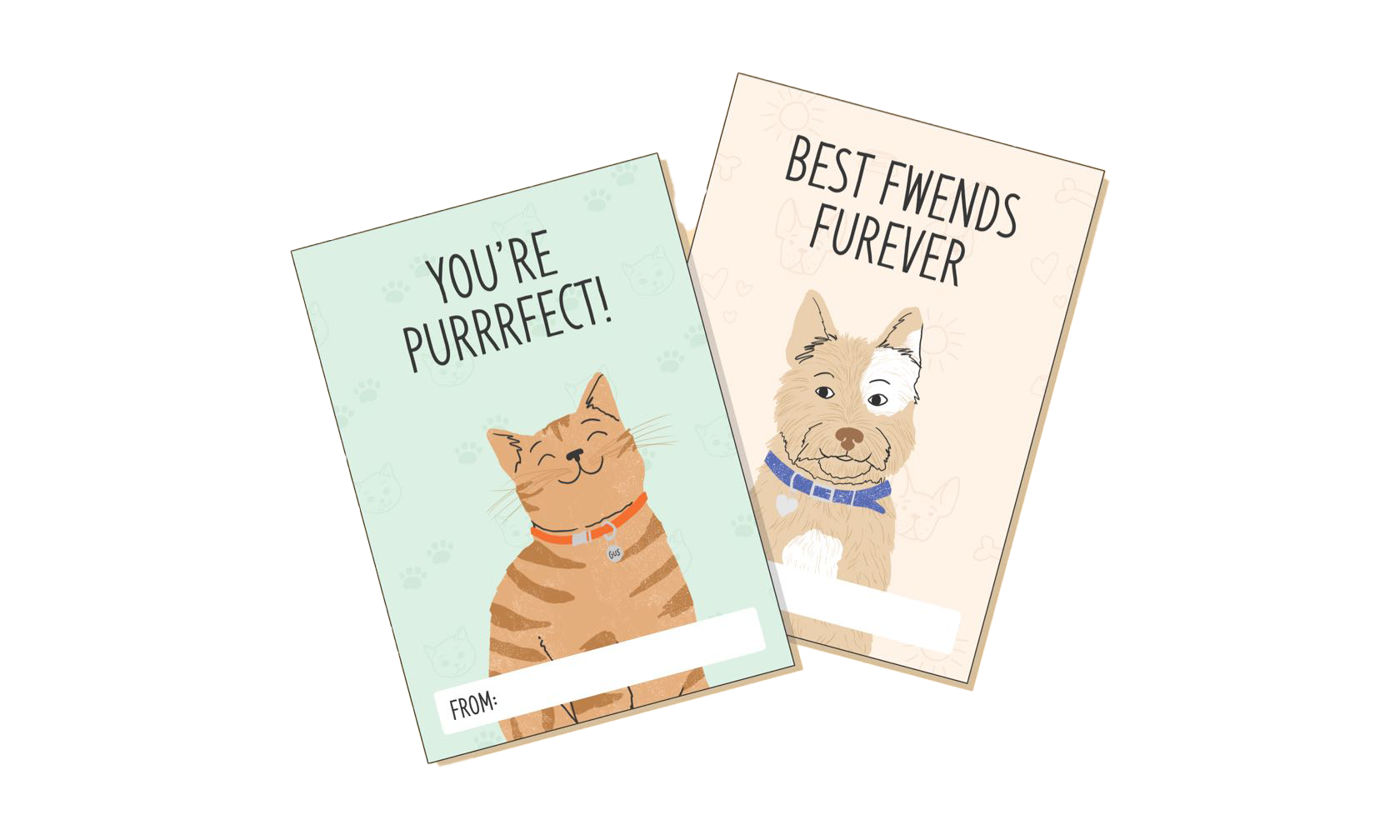When most people think about Valentine’s Day, images of chocolates, flowers, candles, and tall glasses of their favorite adult beverages come to mind. However, for our pets, many of the wonderful things we give each other on this day can be dangerous. But don’t worry — you can keep your pets safe and still enjoy all the trappings of the holiday by following these Valentine’s Day safety tips.
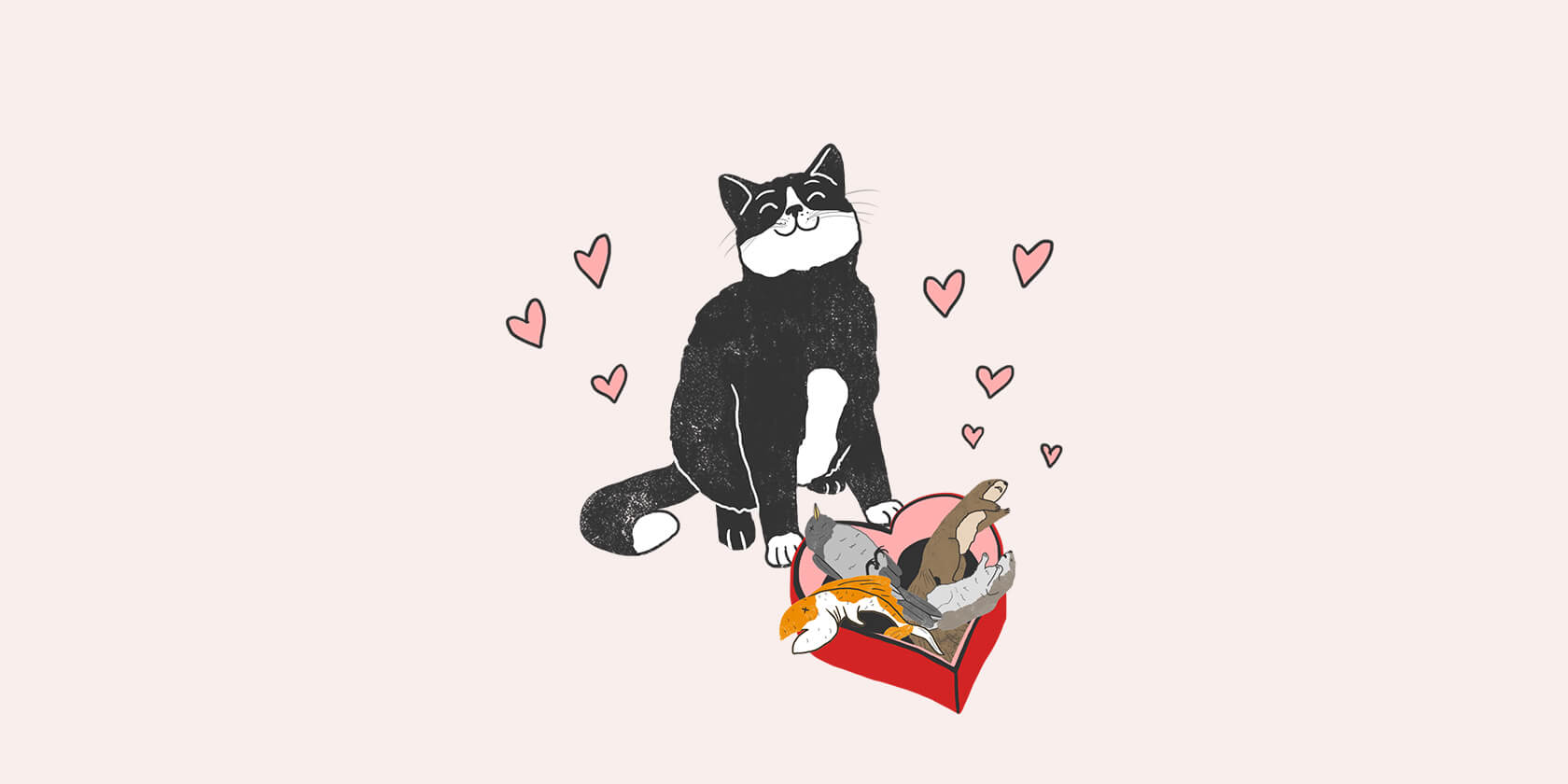
Chocolates and Sweets
One of the most popular gifts for Valentine’s Day is sweets. While we may love it, chocolate is toxic to dogs and cats. Many of these yummy chocolates and sweets contain other toxic ingredients such as nuts, xylitol, and liquor. Hard candies are a potential hazard since our pets can choke on them, and they may also contain toxic ingredients. Lastly, the wrappers that all these yummy treats come in can cause choking, stomach irritation, and bowel obstruction if swallowed.
It’s simple to keep your pets safe from chocolate and sweets by:
- Keeping It Out of Reach
Place it in a high cupboard or locked cabinet. - Securing Containers
Keep your chocolates and other sweets in chew-proof containers with secure lids. - Training a Cue
Teach your pet the “leave it” cue. If they attempt to take a sample bite, you can stop them in their tracks and redirect them to an appropriate toy. - Labeling Packages
Ask friends and family to mark any packages they send containing chocolate or sweets, so you know to keep the packages away from pets even before you open them. - Trashing It
Be sure to put all wrappers, bags, and boxes in a secure trash can.
Bouquets
Getting a beautiful bouquet or a lovely plant will brighten anyone’s Valentine’s Day. It’s important to know that some flowers and plants can be harmful and even poisonous to our pets. Knowing which are dangerous and how you can protect your pet will make receiving these gifts even sweeter.
Some common varieties that are popular for Valentine’s Day but dangerous for dogs and cats include (but aren’t limited to):
- Baby’s Breath
- Roses
- Various Types of Lilies
- Daffodils
- Ferns
- Hydrangea
- Impatiens
- Lilly-of-the-Valley
- Hyacinth
- Tulips
- Rubber Plants
Use these safety tips to help protect your pets and plants:
- Use Pet-Safe Options
Be sure to request and send pet-safe plants and flowers. - Remove Thorns
Thorns can cause serious puncture wounds if chewed or swallowed. Be sure to remove the thorns from roses and dispose of them in a safe place where your pets can’t get to the scraps. - Find a High Spot
Place your plants and flowers in high locations. - Think Outside the Box
Take extra precautions since cats can get, well everywhere, and often love gnawing on foliage. Hang your plant from the ceiling, place it on a wall shelf away from any kitty launching pads, or even put it in a glass cabinet or under a decorative wire cage. - Clean Up
Be sure to quickly clean up any dead leaves or petals that may fall and dispose of them away from your pets.
Decorations and Gifts
Be careful with decorations like streamers, colorful confetti, balloons, etc. Ribbon and string are like catnip to cats — they can’t help but want to chew on it. Balloons may seem fun for pets to play with, but if they pop, the small pieces are a danger for choking. If ingested, the pieces can even cause an intestinal obstruction which may require surgery to remove.
Larger decorations may be a better bet. Keeping them higher on the wall, and even on the ceiling, is helpful (and make sure they’re well secured).
Gifts are extra special when wrapped in pretty paper with fancy bows. While you’re enjoying unwrapping your gift, your pets are secretly plotting to get ahold of those fun-to-chew trimmings. Be sure to keep wrapped gifts someplace your pets can’t reach them and discard everything promptly after opening your gift.
Candles
The lovely flicker of a candle flame that’s so appealing to us also sparks the curiosity of our pets. Avoid burns to little paws and noses or potential fires by using battery-operated candles. If you use the real deal, consider surrounding them with glass like a hurricane lamp or decorative lantern. Lastly, never leave candles unattended when burning.
Alcoholic Beverages
Pets and alcohol don’t mix. Even the smallest amount can be poisonous, resulting in vomiting, diarrhea, tremors, lack of coordination, difficulty breathing, and even coma.
To enjoy an evening of spirits, take these safety precautions:
- Separate Spaces
Consider confining your pets to an area away from the alcohol with something fun to do, like a food puzzle or favorite self-play toy. - Close ‘Em Up
Be sure not to leave unfinished glasses or open bottles in places your pet can reach them. - Quick Cleaning
Clean up any spills immediately so your pet can’t lap them up. You might even serve alcohol in spill-proof glasses. - Safer Alternatives
Use non-alcoholic beverages instead.
If your pet accidentally ingests any alcohol, contact your veterinarian immediately or take them to the nearest animal emergency hospital.
These Valentine’s Day safety tips will help you create a celebration both you and your pet will love!
ZPC-01711
